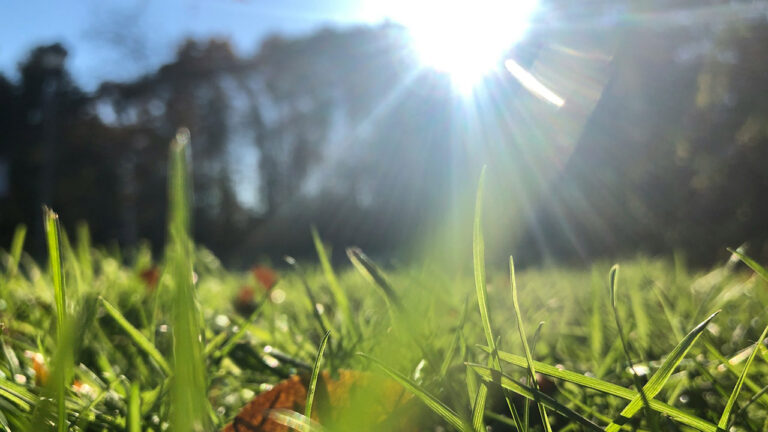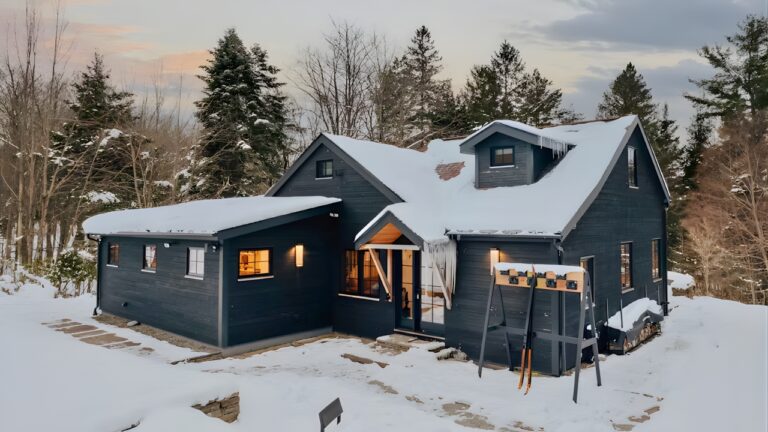10 Storage Habits That Attract Lightning and Heat Damage
It’s easy to miss where and how you store things during the summer—but a few wrong moves can set you up for heat warping, melted messes, or worse, something that becomes a magnet for lightning strikes. High temps, metal surfaces, and moisture-prone spots can all work against you.
Whether you’re storing tools, gas cans, or seasonal decorations, these habits can quietly damage your stuff or even put your home at risk. Here’s what to avoid.
Keeping Gas Cans Outside in the Sun

Leaving gas cans out in the heat is asking for pressure buildup, fumes, and the chance of a dangerous leak. That plastic container might hold up okay on a mild spring day—but in July, it’s a hazard.
Always store fuel in a shaded, well-ventilated area, ideally in a detached shed. Make sure the cap is sealed tight and the container is rated for gasoline. Heat expands the liquid and vapor inside, and that pressure has to go somewhere.
Storing Paint or Chemicals in the Garage
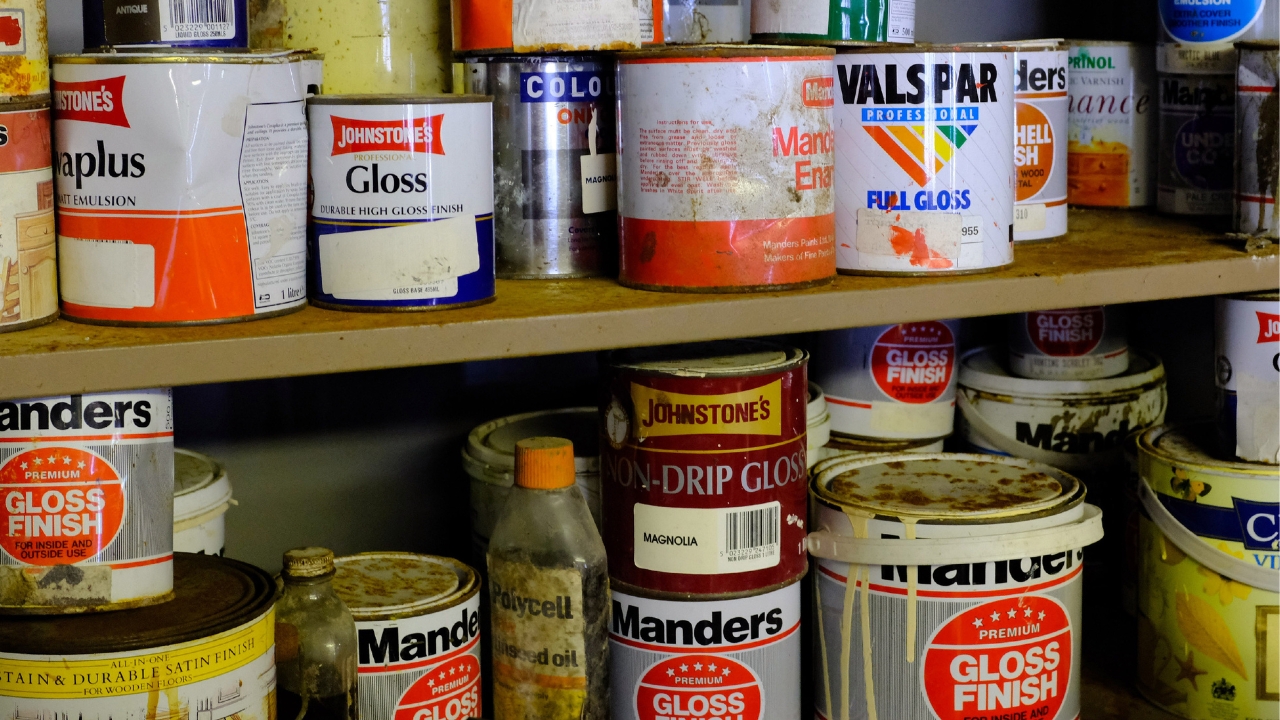
Garages aren’t climate controlled, and temperatures can swing hard in the summer. That ruins paint, makes chemicals unstable, and warps anything that isn’t sealed properly.
Latex paint can separate or spoil. Solvents can become dangerous if they evaporate or build pressure. Store temperature-sensitive items inside your house if they’re labeled for indoor storage. Your garage might be convenient, but it’s not worth the risk.
Piling Boxes Near Metal or Conductive Surfaces

Storing cardboard boxes against metal shelving or leaning them near pipes might seem harmless, but metal conducts heat—and lightning. It increases the odds of those items being damaged if your home takes a direct or indirect strike.
Keep anything flammable or sensitive away from metal supports, and don’t store piles too close to exposed beams, poles, or outlets. It’s not about paranoia—it’s about not making your stuff a lightning target.
Stacking Items High in the Shed or Barn
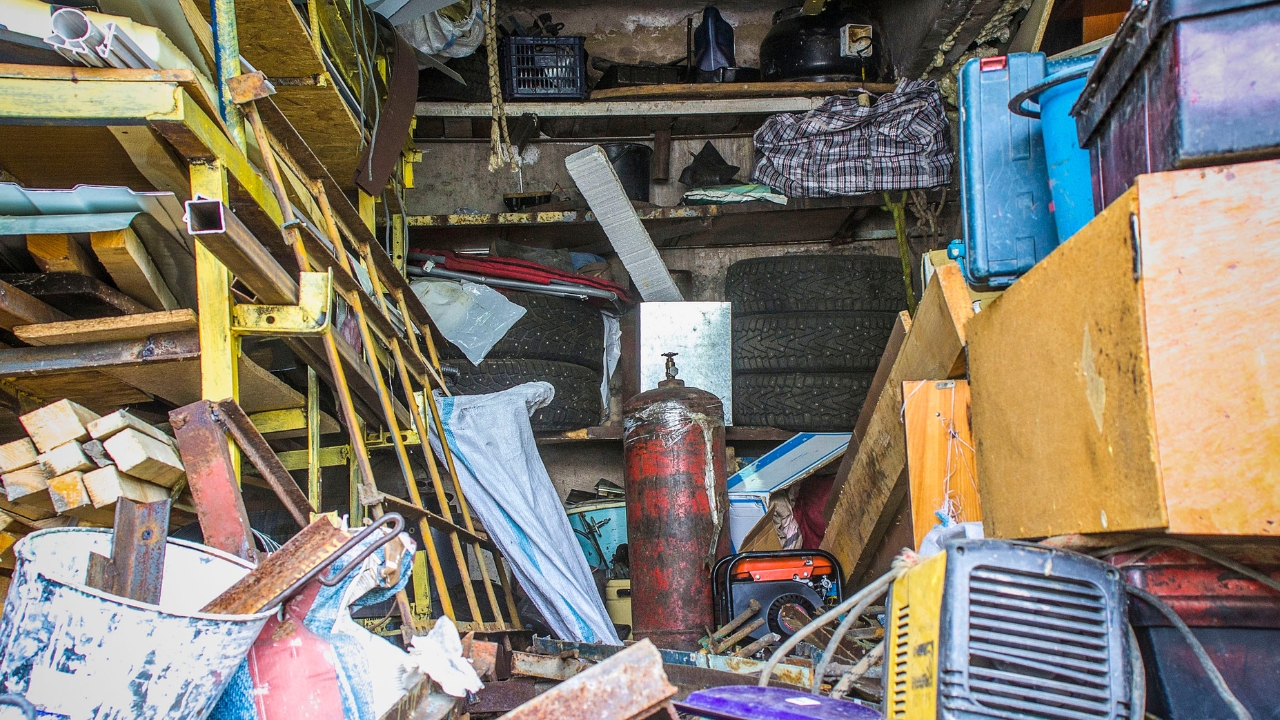
Tall, metal, or tightly packed items can attract lightning or act like mini heat traps. If those sheds aren’t grounded properly—and most aren’t—your stored gear could get scorched or fried.
Keep stacks low, spaced out, and avoid using tall metal shelving without a proper grounding system. In a bad storm, lightning will look for the path of least resistance. Don’t make that path run through your storage setup.
Leaving Tools Plugged in Outside or in the Garage

Tools that stay plugged in when not in use are more likely to be damaged by power surges or indirect lightning strikes. Add summer humidity to the mix, and you’re also looking at rusted internals.
Unplug battery chargers, power tools, or electric lawn equipment when you’re done. If it’s not in use, pull the plug. Surge protectors help, but they aren’t foolproof—especially during a direct strike.
Using Clear Plastic Bins in Direct Sunlight

Clear storage totes might look neat, but they turn into mini greenhouses in full sun. The heat can warp plastic, fade contents, and ruin anything with glue, wax, or rubber.
If you’re using outdoor storage bins, go with opaque containers and keep them in the shade. Better yet, store them inside a shed or closet where temps stay more stable. You don’t need melted holiday lights or a warped garden hose when fall rolls around.
Keeping Electronics or Batteries in Outdoor Closets

Batteries don’t like heat, and electronics hate moisture. Stashing them in outdoor utility closets, garage cabinets, or patio bins may seem smart—until they fail.
Lithium batteries especially are sensitive to high temps and can swell, leak, or even catch fire if they get too hot. Store anything battery-powered inside the house, or at least in a temperature-stable area where airflow isn’t cut off.
Ignoring Grounding in Outdoor Structures

If your shed or storage building isn’t properly grounded, lightning could fry everything inside. It might not be common, but it happens more than most folks realize—especially in open areas.
Metal roofs, nails, and supports all give lightning an easy entry point. If you live in a storm-prone region, it’s worth asking an electrician about grounding rods or protection systems. One hit can ruin tools, kill breakers, or start a fire.
Leaving Tarps or Covers Tied Too Tight
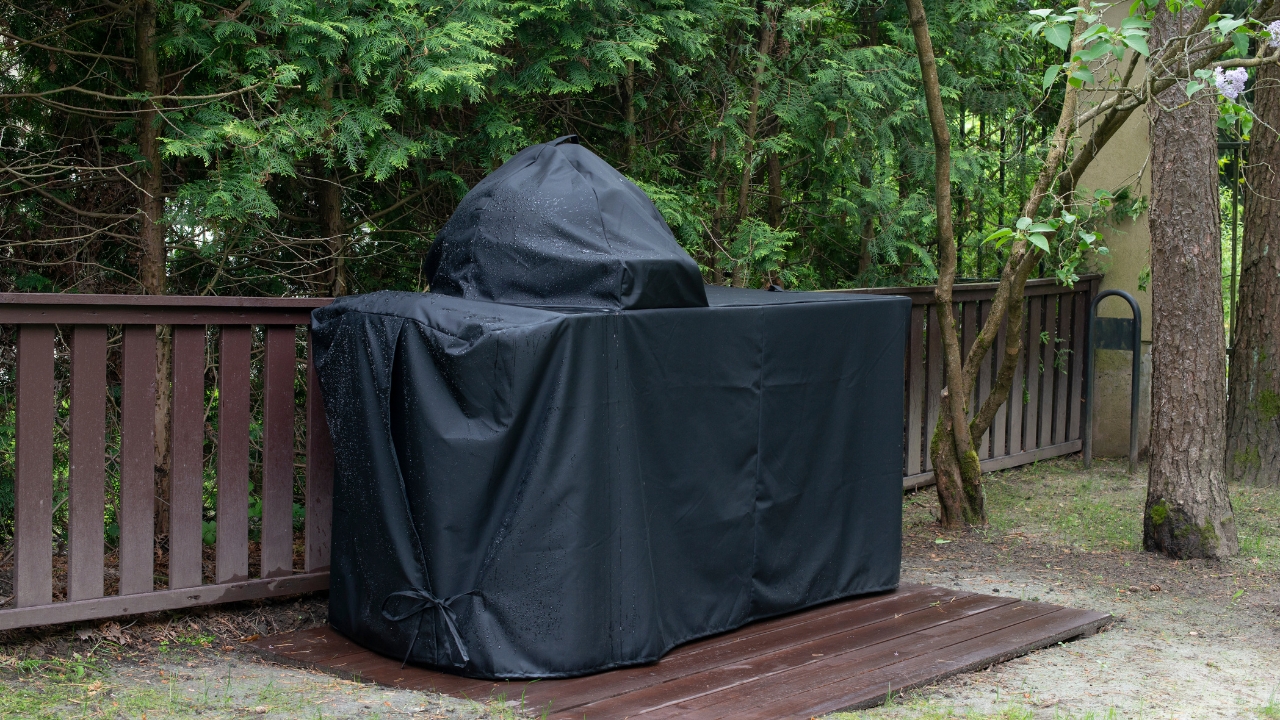
Covering items with tarps seems smart until the heat builds underneath. Tight covers trap humidity and heat, which can lead to mildew, cracking, or warped finishes—especially on wood or vinyl.
Use breathable covers made for outdoor use, and make sure they allow airflow underneath. If the tarp feels like a sauna when you lift it, it’s not doing your stuff any favors.
Storing Items on Concrete Without Elevation

Direct contact with concrete can damage materials from below. Summer heat makes it worse by drawing moisture up from the ground, especially in humid climates.
Keep storage boxes, wood, and tools raised on pallets, shelves, or boards. Letting them sit flat on hot concrete invites moisture damage, rust, and mold. It’s an easy fix that makes a big difference over time.
*This article was developed with AI-powered tools and has been carefully reviewed by our editors.



